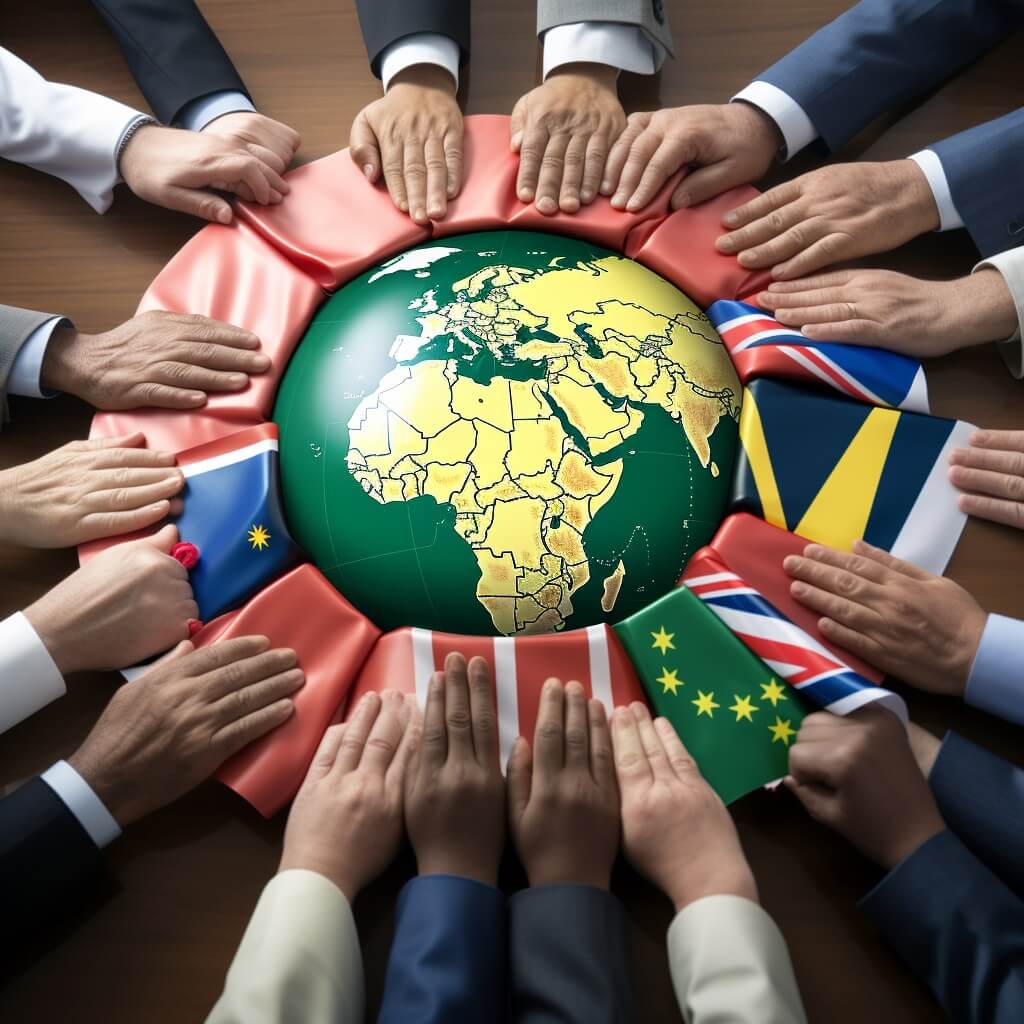The BRICS alliance, consisting of Brazil, Russia, India, China, and South Africa, has fostered economic cooperation and shaped a multipolar world. As we stand on the cusp of a new era, the alliance is set to undergo a transformative expansion with the inclusion of five dynamic Arab nations, heralding the dawn of BRICS 2.0 with the Middle East Edition.
This strategic union not only reflects the growing importance of the Middle East in the global arena but also underscores the shared vision of these nations to collectively contribute to economic development, innovation, and diplomatic stability.
BRICS expands into the Middle East
During the 15th BRICS conference in Johannesburg this August, the alliance invited four Arab countries to join it. Saudi Arabia, the United Arab Emirates, and Egypt are the three Arab countries that have joined BRICS. Iran, Ethiopia, and Argentina are the other three countries admitted to their intention to join the alliance.
After Javier Milei became president, Argentina stood as the first country to reject the Bloc’s membership and does not want to be a part of the alliance.
The main agenda of the alliance – the BRICS are looking to cut connections with the US dollar and undermine its global dominance. Following the expansion, five new Arab countries have expressed interest in joining the economic alliance.
As with the rest of the nations in the alliance, Arab countries want to reduce their reliance on the US dollar and promote their native currencies in global trade. Algeria, Bahrain, Kuwait, Morocco, and Palestine are the five new Arab countries that have expressed interest in joining the economic bloc alliance.
🇲🇦 Morocco has submitted an application to join the BRICS pic.twitter.com/GH2xrU8nK0
— Jackson Hinkle 🇺🇸 (@jacksonhinklle) August 16, 2023
Apart from these five Arab countries, South African Ambassador Anil Sooklal indicated that 20 more countries are interested in joining the economic bloc alliance. “Over 20 countries have formally approached BRICS to become members,” Sooklal told ANI News Agency.
“Whether it’s Pakistan or another country. A large number of countries have formally approached us, and this will be addressed by foreign ministers and leaders in accordance with consensus,” he said. Pakistan is attempting to gain admission to the bloc with Russia’s assistance.
As a result, the BRICS alliance has the potential to expand its wings beyond the Arab world, Africa, Asia, and the global south. This puts the West and the United States under pressure since a united economic bloc might devastate existing markets.
The future of BRICS in the new world order
This year, the BRICS Summit in South Africa will go down in history as a summit that marked a watershed moment in the group’s evolution. The creation of BRICS reflects the desire of countries in the Global South to come together and reinvent their development rhetoric, as well as to give themselves a voice in global governance.
Experts anticipate that the next BRICS summits, which will be hosted by Russia in 2024 and Brazil in 2025, will focus on robust international procedures for mutual settlements and payments.
For example, Brazilian economist Paulo Nogueira Batista Jr., a former IMF executive director and former vice president of the New Development Bank, does not rule out the prospect of a shared BRICS currency being proposed during the following year’s summit in Russia.
BRICS-11 currently accounts for 44% of global oil production and consumption, 36% of global petrol production and consumption, 70% of steel production and 65% of steel consumption, 44% of fertilizer production and 46% of fertilizer consumption, 57% of food production and consumption, and 48% of automobile production.
Despite an impressive proportion of the worldwide division of labor, the BRICS nations’ participation in the global financial system remains minor, as major instruments and organizations remain under the hands of the United States and its allies.
BREAKING: Morocco, a very strong ally of the US and France has just surprisingly applied to join BRICS!
— J. C. Okechukwu (@jcokechukwu) August 17, 2023
Morocco's application was submitted ahead of the upcoming BRICS summit scheduled to take place in South Africa next week.
Say hello to a #multipolar world. pic.twitter.com/pQsyXehe1X
BRICS’ position in the global economy is now restricted to producing strategic raw materials, low and medium-value-added industrial commodities, and providing cheap labor to transnational firms. A coalition of industrialized nations led by the United States continues to leverage the global financial system.
To address these imbalances, the BRICS nations will need to create a system of mutual multilateral settlements that will allow international financial flows to be channeled towards priority industries at the interregional level, smoothing out structural imbalances as a cause of chronic lagging behind the leading group of industrially developed nations in terms of socioeconomic development.





